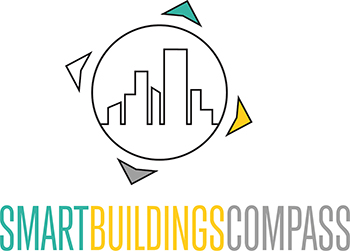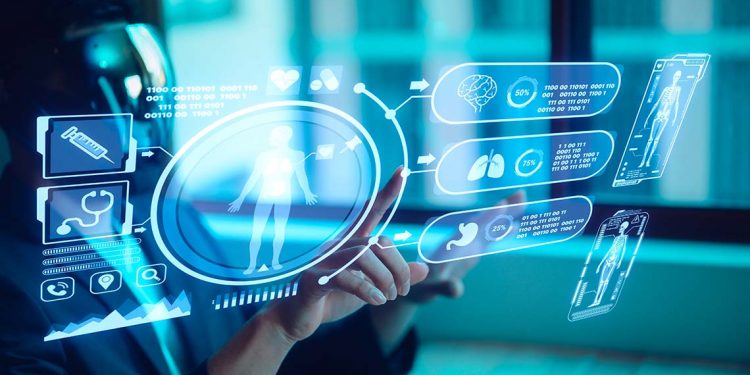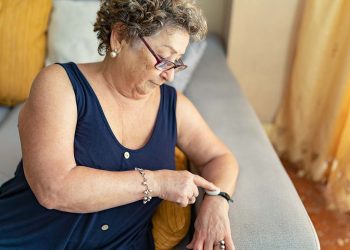Assistance solutions for older people are no longer a vision of the future – they are reality. But how much technology, how much artificial intelligence (AI) is actually involved in these concepts? And how far along are we in Europe compared to other regions of the world? The range of solutions is vast – from simple everyday aids to highly developed robotic and AI systems.
From ergonomic everyday helpers to intelligent care assistance
Assistance starts with small things: A special hairbrush with a better grip, a shower chair with a non-slip surface or cutlery designed for trembling hands – these are all simple but effective ways of giving older people more autonomy and safety in everyday life.
On the other hand, there are technological solutions that go far beyond this. Voice-controlled smart home systems, sensors for fall detection, digital medication reminders and telemedicine applications are now integrated into many care concepts. These systems not only support everyday life, but also the organization of care and support – especially when relatives cannot be on site.
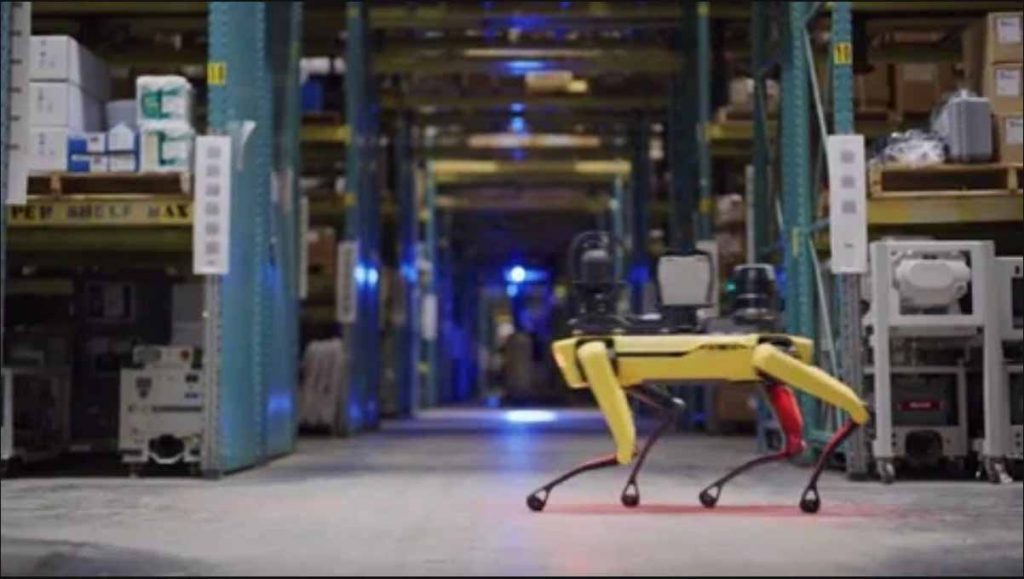
What can AI do today – and what can’t it do (yet)?
Artificial intelligence has the potential to make assistance systems even more efficient and personalized. For example, AI can analyze behavioural patterns, detect changes in everyday life at an early stage or even warn of impending health problems. In care research, work is underway to use AI in communication, movement analysis and emotion perception.
However, in our latitudes, the actual use of AI in practice is still restrained. Although many systems are “smart” – i.e. equipped with sensors, data processing or automation – they are not yet “intelligent” in the true sense of the word. Data protection, high regulatory requirements and a rather sceptical attitude towards technology among older user groups mean that AI-supported assistance solutions are spreading more slowly than in Asia, for example.
A look at Asia: Technology and AI affinity as a locational advantage
Our article provides an example of this development “Humanoid robots: assistance solutions for the next generation?”. In countries such as Japan and South Korea, the use of robotics and AI in the care and everyday lives of older people has long been a reality. Humanoid robots such as “Pepper” or “Robear” are used there as emotional companions, movement trainers or even as care assistants – and are widely accepted.
There are not only cultural but also economic reasons for this openness: In countries with rapidly ageing societies and a high level of technological innovation, AI solutions are seen as the key to relieving the burden on the care system. In Europe, on the other hand, the focus is often still on ethical issues, data protection concerns and the actual suitability for everyday use.
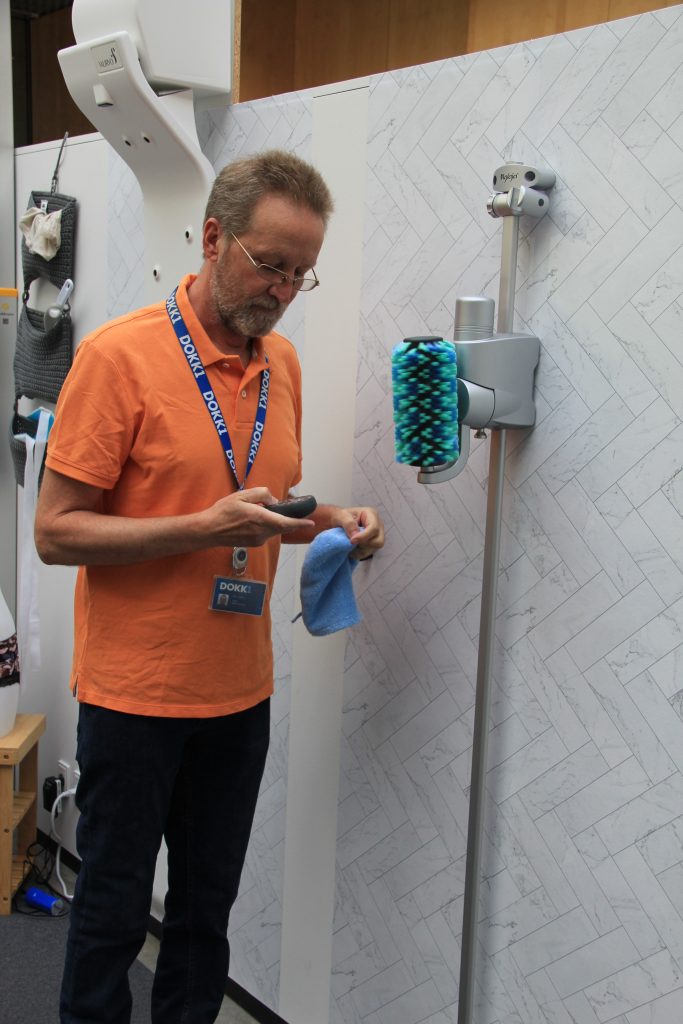
Assistance has many faces – technology is only one of them
This means that the technological maturity of assistance solutions for older people is broadly diversified. It ranges from simple, analog aids such as toe-washing brushes and special knives and cutlery to digital systems with AI potential. No matter how analog or technologically open people are: There is potential for improvement and support in so many ways.
In Europe, technological progress is often introduced more cautiously, which is understandable in terms of data protection and user acceptance. This makes platforms such as our SmartBuildingsCompass.com, which offer guidance, highlight trends and critically classify innovations, all the more important.
Because one thing is clear: technology alone cannot replace human attention – but it can help to use it in a more targeted and efficient way. Technology can ensure that there is more time for human interaction – for example, when routines and bureaucracy are taken care of by technology. It is crucial that each solution meets individual needs and is embedded in a technically and socially sensible way.
Author: Anja Herberth
Chefredakteurin
